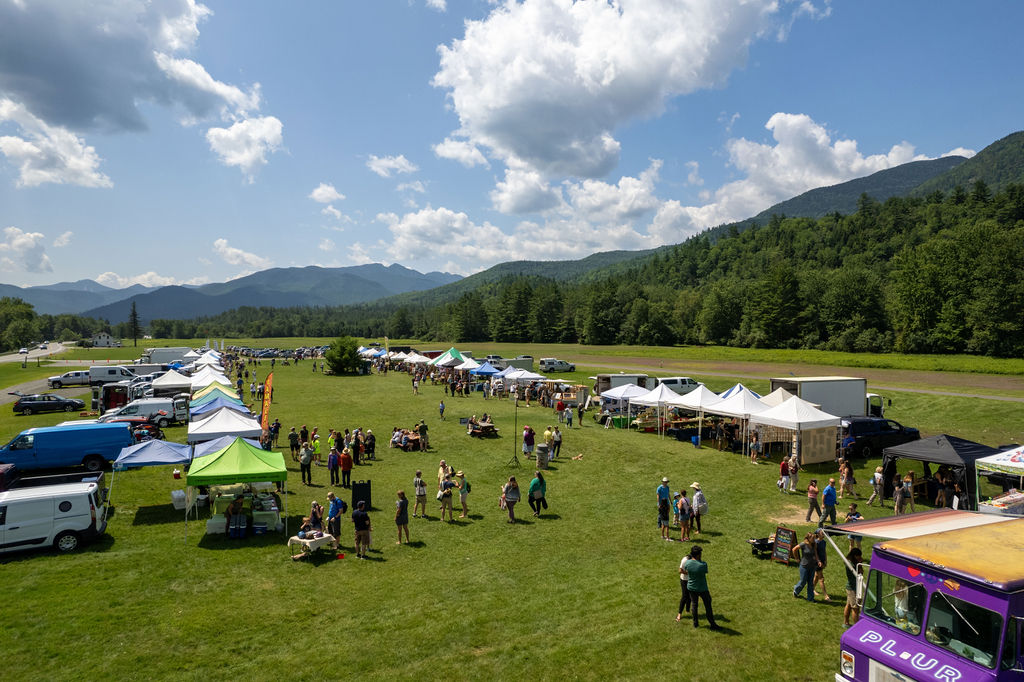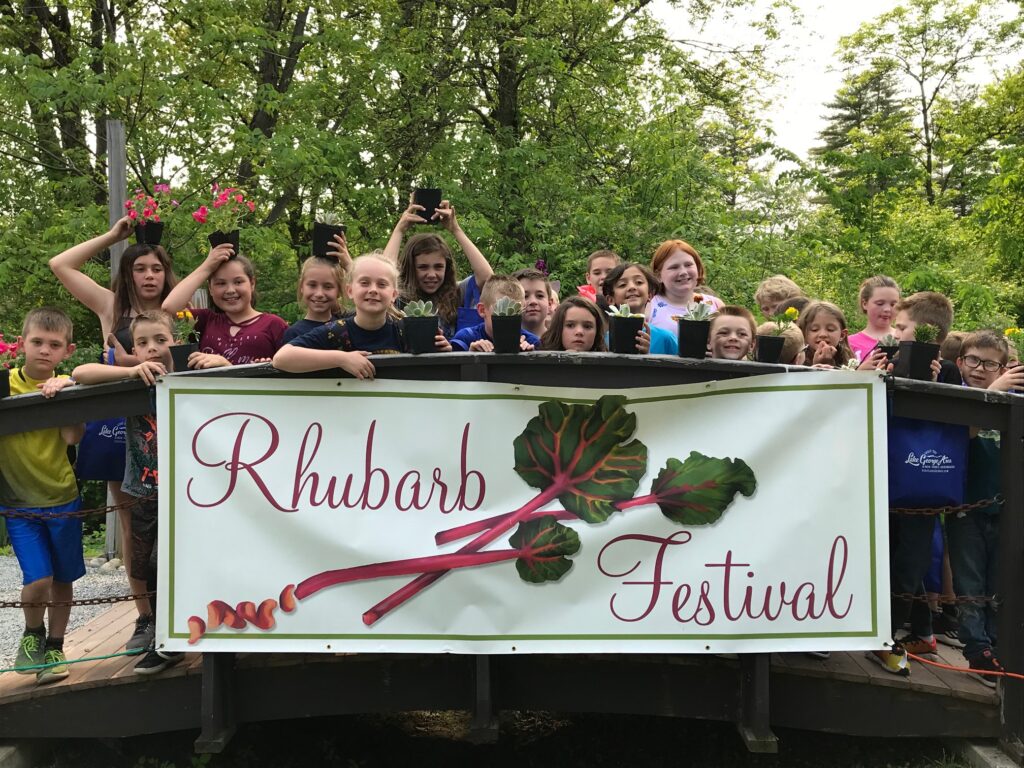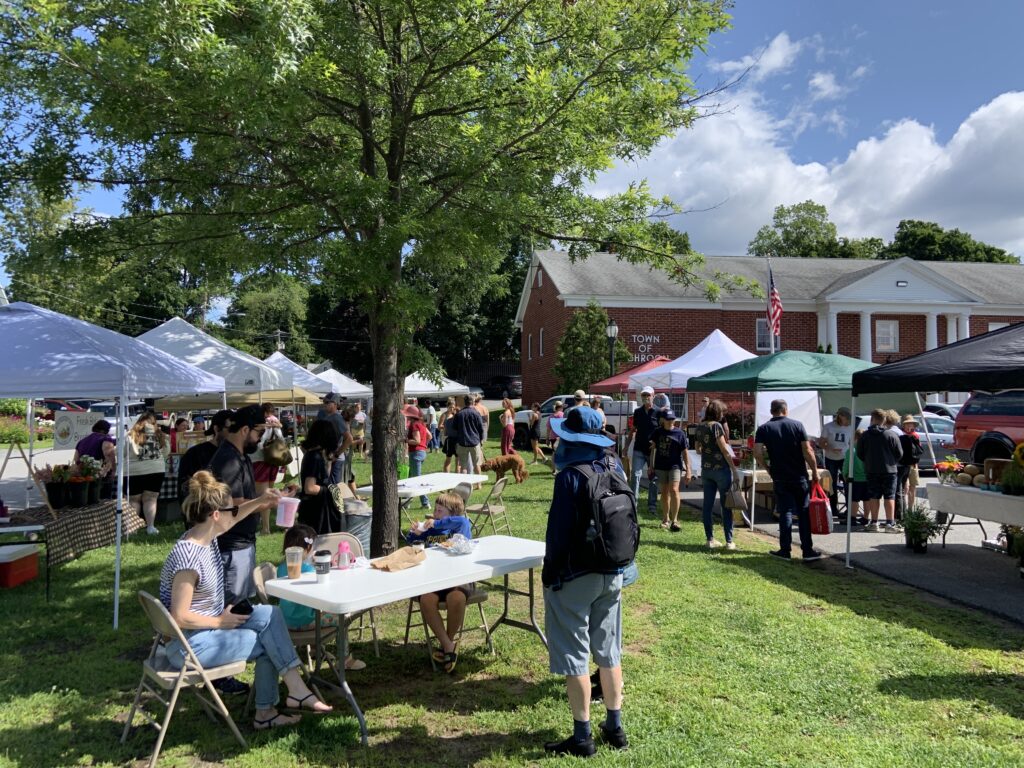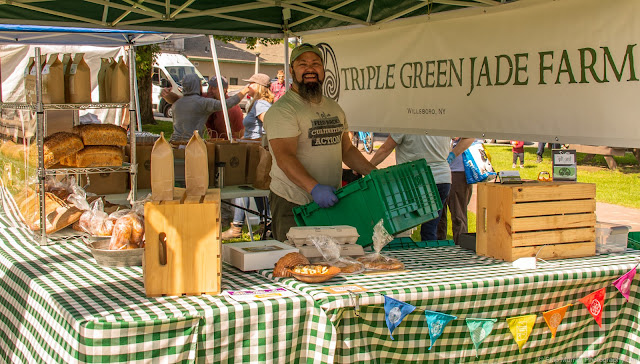On a bright summer day when the sun catches it just right, few scenes are as idyllic as a bountiful farmers market, with mounds of scarlet radishes, cascades of saffron summer squash and heaps of green lettuces, sweet corn and more beans than you could ever imagine picking.
Yet get under the hood of the average market and you’ll find a lot more going on than a simple transaction for fresh produce. Behind the scenes, difficult issues present themselves relating not just to food, but to labor, class, economics and even the basic machinations of the markets themselves.

The markets are often run by volunteers who perform every imaginal task from crowd management to budgeting to figuring out an angle that will make their market different from the others.
All businesses scramble to find buyers, but farmers markets have to scramble to find sellers as well, which has led to the existential question of whether there are more markets than the market will bear. It can seem that there are more farmers’ markets than there are farmers, said Teresa Whalen, manager of the Warrensburgh Riverfront Farmers’ Market.
“Along with a shortage of farms, we have a shortage of employees,” Whalen said. The well-documented labor shortage in the Adirondacks has made it hard for farms to staff booths at multiple markets with overlapping time slots. Farms have to calculate whether it will be worth driving 50 miles or more and then sitting at a booth for several hours.


Whalen said some savvy farmers will scout out a community’s restaurants, meaning they can potentially fill a wholesale order and staff a farmers’ market on the same trip. At the same time, Whalen said, markets can do their part to attract more customers. In Warrensburg, that’s meant promoting festivals celebrating berries, rhubarb and such that tend to be popular and are held in concert with the market.
Calculating a time for the market is also an art — a community with many retired second-home owners, for example, might do better holding their market on a Wednesday morning when this demographic is typically looking for something to do. By contrast, a community where vacationers are staying primarily in hotels without cooking facilities might be better off playing for working local residents who can only come on the weekend.
And, as in real estate, location is everything. Last year, Alexis Conners wondered why her new home of Schroon Lake didn’t have its own market, particularly since there were no competing markets in nearby communities. So she decided to start one. Now, she coordinates the Schroon Lake Farmers’ Market, a Saturday market that runs June through September.
“I went to the town board and no one said ‘no,’ so for me that was good enough,” said Conners, who, growing up in Western New York, came to appreciate the value of fresh food visiting farmers markets with her family.
Finding vendors was a little harder. Once she realized that farmers often lacked time to respond to emails or calls, Conners began showing up on their doorsteps.
Beyond that, she said, “A market is more than just a space for commerce.” It is a place that can inspire important discussions about the stewardship of land, the environment and food systems.


Dan Rivera, who mills flour and bakes bread with his wife Kimmy for Triple Green Jade Farm in Willsboro, agreed the sense of community is among the markets’ most important attributes. “The reward is customers and the smiling faces we see each week,” he said. “We’ve seen families whose kids have grown up on our breads.”
The markets are invaluable for producers who are just starting out and trying to make a name for themselves. Triple Green Jade attended seven in the beginning but has since scaled back to just one in Saranac, focusing instead on its two retail spaces in Westport and Essex. They miss the people, but not the demands of travel and scheduling.
“Farmers markets are a lot of work, but they can be very profitable too,” Rivera said. “For us starting out, it was the only way.”

Market managers said It is important, too, that everyone in the community be included. The reality is that food produced with care and conscience by small farmers costs more than what’s available at the supermarket. That’s created a more affluent clientele and a price structure that might not feel accessible to everyone.
Conners had worked with the Adirondack Foundation to provide $20 certificates that will be distributed at the local food pantry for people with lower incomes. These shoppers can bring the certificate to the market and exchange it for tokens that they can spend for whatever they choose. Conners wants children to become involved in the process too, so they will feel they have an interest and control of their food choices.
As a community gathering place, markets can be “not just a space where people feel obligated to shop.” That translates into games and educational programs for kids, and bringing in the Cornell Cooperative Extension Service to show how to make pickles or can tomatoes.
The response has been enthusiastic — 6,000 people in its first year. This year the market will move to a better location in the town pavilion overlooking Schroon Lake. Like Whalen, Conners says the endeavor has been challenging, but rewarding. “I just wanted to give back to a community that has given so much to me,” she said.
What can you do to make sure that farmers’ markets continue to be a summer tradition in your community? Make visiting your local farmers’ market part of your weekly grocery shopping routine, volunteer, and help spread the word about the important role local farmers’ markets play in supporting Adirondack communities.
Find a farmers’ market near you in the updated 2024 Adirondack Summer Farmers’ Market Guide at adirondackharvest.com/markets.
Funding for this blog post was made possible by a grant/cooperative agreement from the U.S. Department of Agriculture (USDA) Agricultural Marketing Service. Its contents are solely the responsibility of the authors and do not necessarily represent the official views of the USDA.
